
Nautical (Sailing) Terms (Words & Phrases), Nomenclature and
§ 83.06 Safe speed (Rule 6). Every vessel shall at all times proceed at a safe speed so that she can take proper and effective action to avoid collision and be stopped within a distance appropriate to the prevailing circumstances and conditions. In determining a safe speed the following factors shall be among those taken into account:
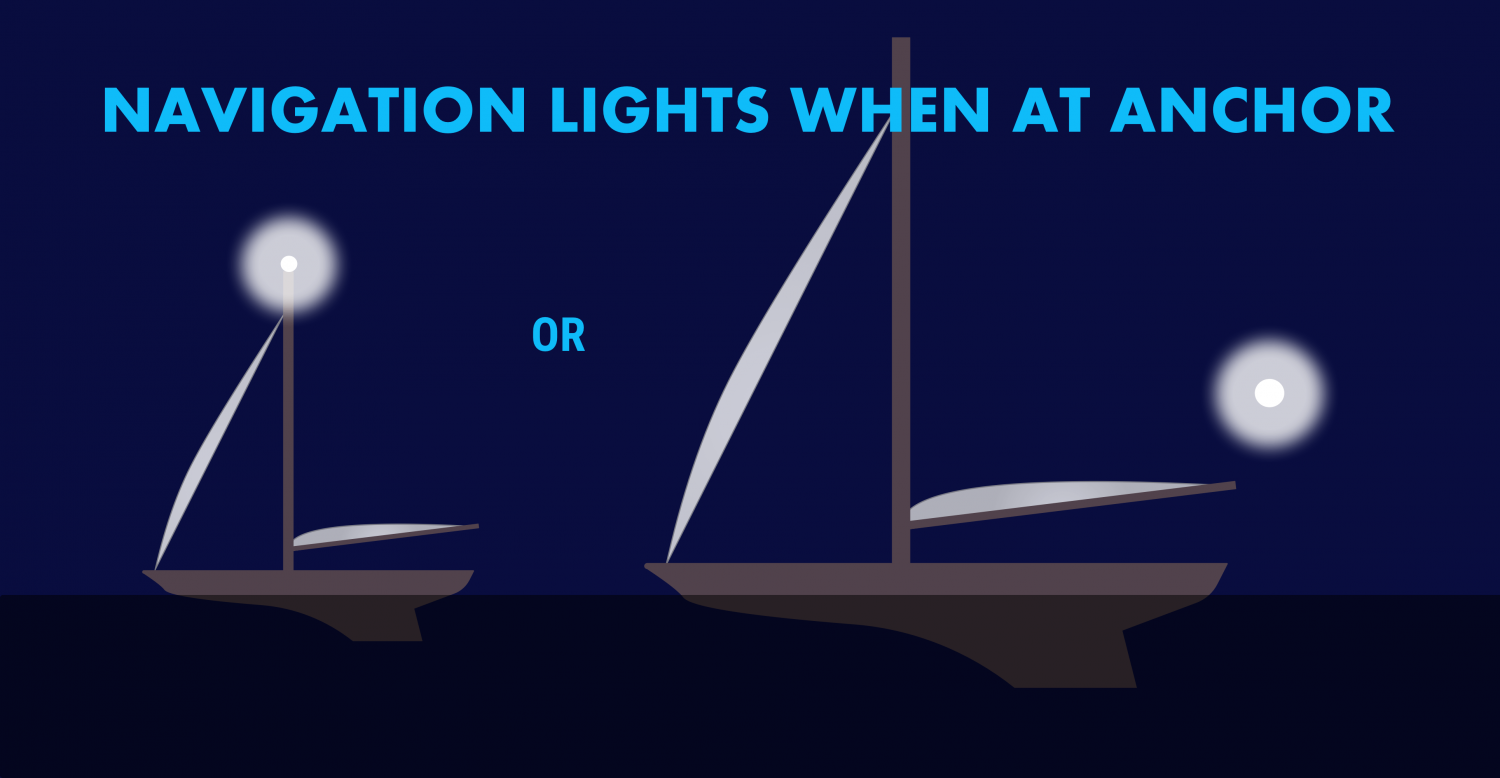
Boat Navigation Lights Rules Illustrated Beginners Guide (2022)
Every vessel shall at all times proceed at a safe speed so that she can take proper and effective action to avoid collision and be stopped within a distance appropriate to the prevailing circumstances and conditions. In determining a safe speed the following factors shall be among those taken into account: (a) By all vessels:
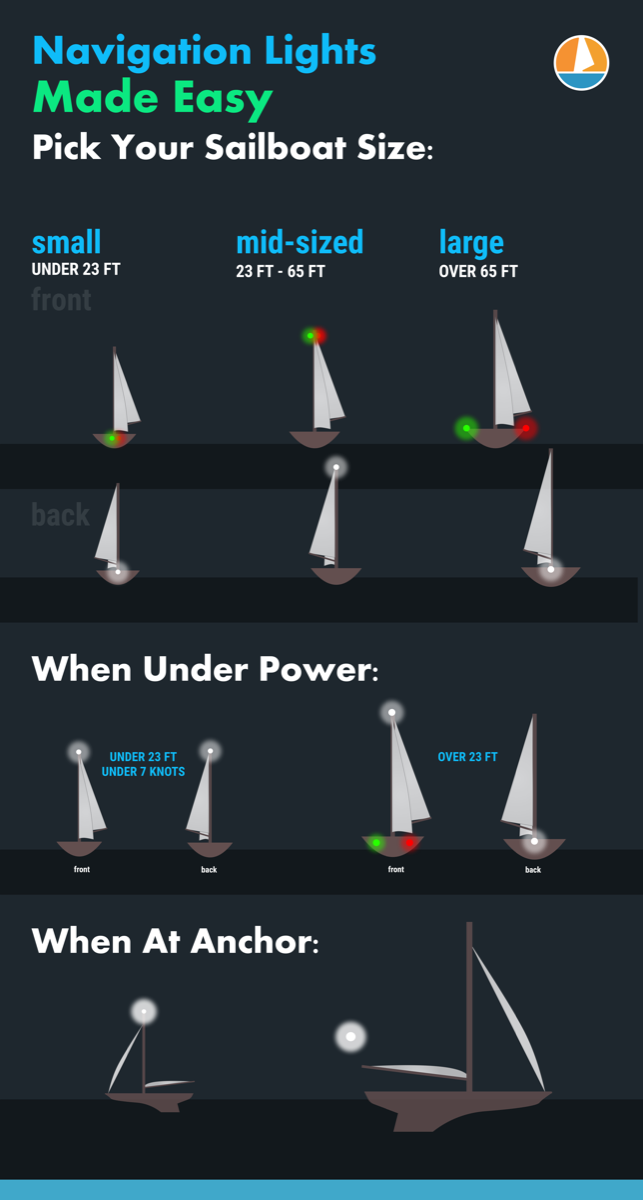
Boat Navigation Lights Rules Illustrated Beginners Guide Improve Sailing
Every vessel shall at all times proceed at a safe speed so that she can take proper and effective action to avoid collision and be stopped within a distance appropriate to the prevailing circumstances and conditions. In determining a safe speed the following factors shall be among those taken into account: By all vessels: The state of visibility;

At what speed should every vessel operate? YouTube
At an absolute minimum, you should always have a proper lookout, operate at a safe speed and yield or give-way to another vessel when in doubt and to always avoid a collision, even if that means breaking a Navigation Rule to save lives and property damage. Aids to Navigation
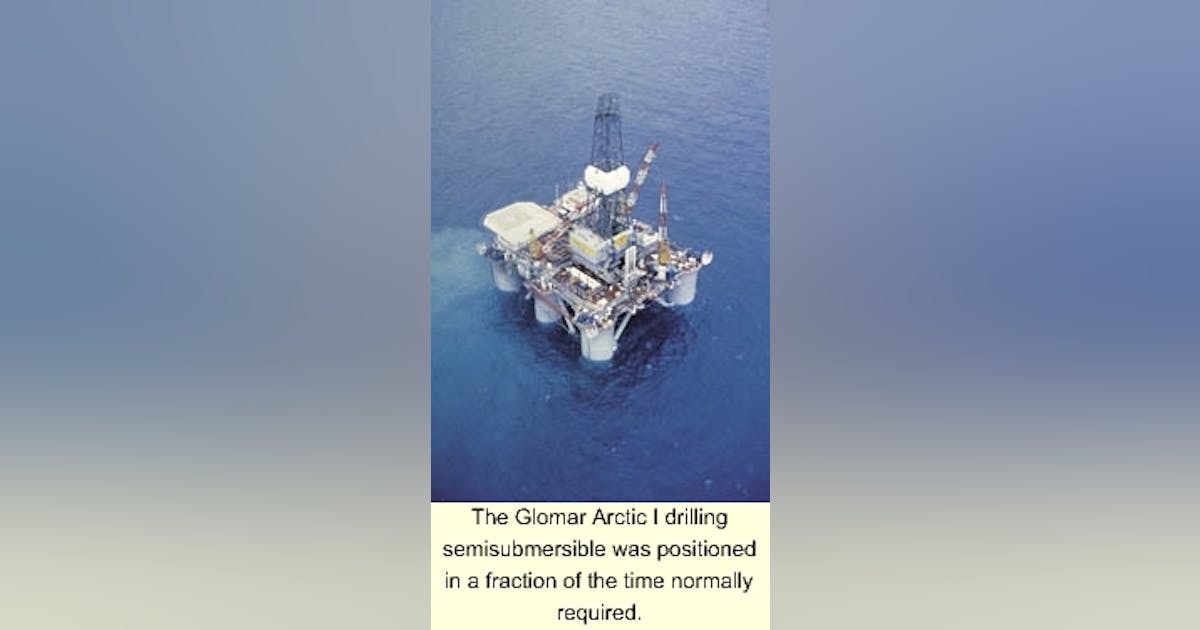
Realtime navigation guidance display for all vessels speeds
Navigation in narrow channels should be carried out at slow speed. by The Editorial Team. October 13, 2020. in Safety,. every vessel's manoeuvring characteristics are individual to itself. Every vessel also behaves differently in shallow waters and this can be dependent on the manoeuvring characteristics of the vessel and be affected by.
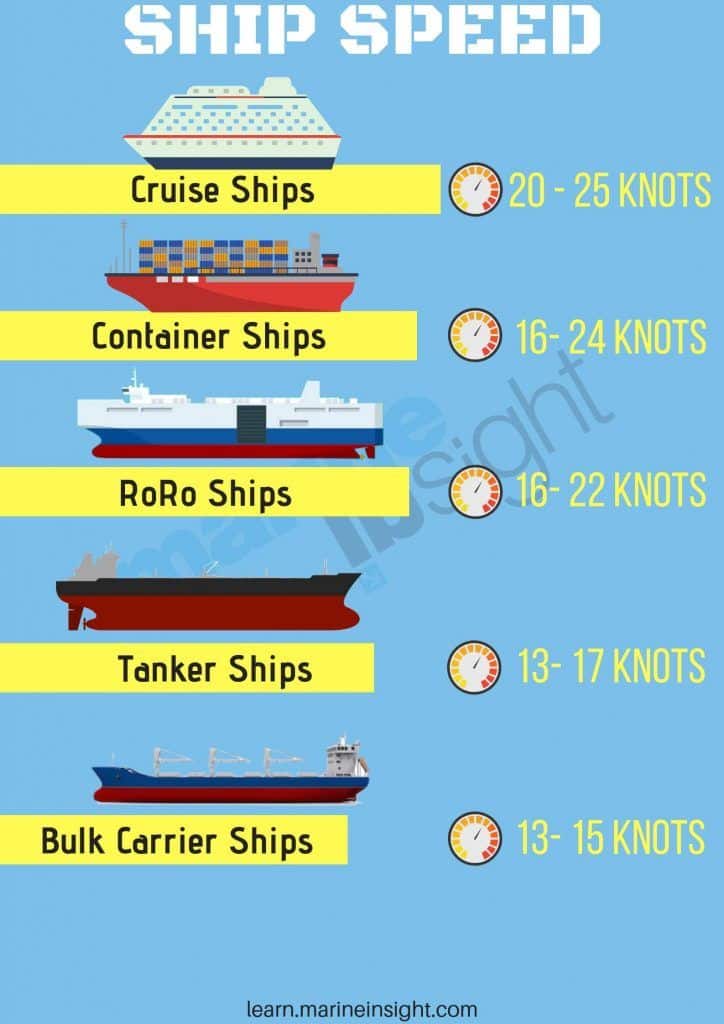
What is The Speed of a Ship at Sea?
Right of Way Rules Unlike on the road, there is no established "Right-Of-Way" on the water, that is, no vessel has a legal right over another. Instead, on the water there are Navigation Rules of the Road that govern how different situations should be handled based on the vessel type and activity.

Rule 16 Action by give way vessel Every vessel which is directed to
Vessel Operation Restriction Regulations do not specify any speed limits, because there are too many different factors that can bring a pleasure craft operator to modify his/her speed. Conditions of visibility, traffic density, wind, sea, and current conditions, and the proximity of navigational hazards are different circumstances that will incite a prudent pleasure craft operator to navigate.

Action by stand on vessel Where one of two vessels is to keep out of
Every vessel shall at all times proceed at a safe speed so that you can take proper and appropriate action to avoid collision, and be able to stop in a safe distance, and appropriate to the prevailing circumstances and conditions. It is important to comply with all boating restrictions, such as speed and engine power limits.

Col Regs Rule 6 Safe Speed The Seamanship Centre
Safe Speed: The word 'safe' is intended to be used in a relative sense. A speed could reasonably be considered safe in the particular circumstances. Every vessel shall at all times: This rule applies in all conditions of visibility to all vessels. The Officer of the watch should not hesitate to use the engines in case of need.

Realtime navigation guidance display for all vessels speeds
June 30, 2022 Tweet Determining the right speed for your vessel is not always an easy task. Speed limits are not as ubiquitous on the water as they are on roadways, and much depends on your surroundings and the current environmental and meteorological conditions.

Boating Navigation Rules The Rules of the Road On Water
On the sea, there are no roads to navigate by, no speed limits posted, and no place to pull over should the weather turn sour.. § 83.06 Safe speed (Rule 6). Every vessel shall at all times proceed at a safe speed so that she can take proper and effective action to avoid collision and be stopped within a distance appropriate to the.
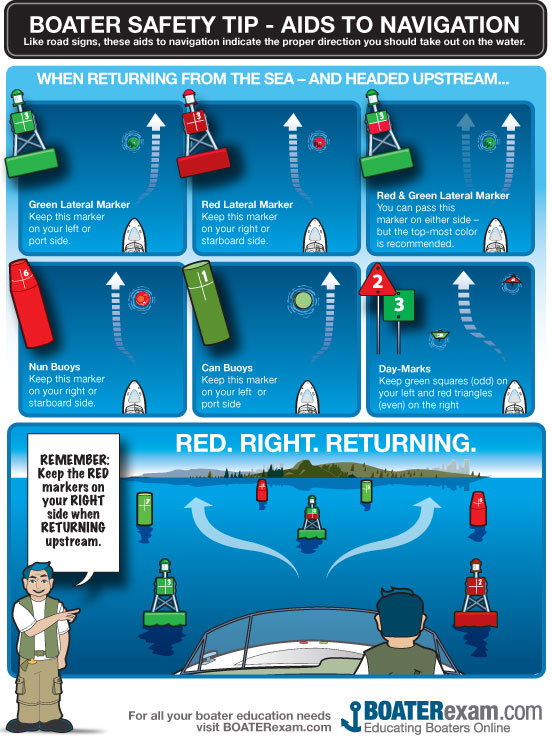
Aids to Navigation
Feb 2022 Boat Handling Determining a safe operating speed The general safety rule under the Inland Navigation Rules states that every vessel—sail or power—should proceed at a safe operating speed at all times to avoid a collision. After my wife and I sold our sailboat and bought a powerboat, we had to adjust to its higher speed.
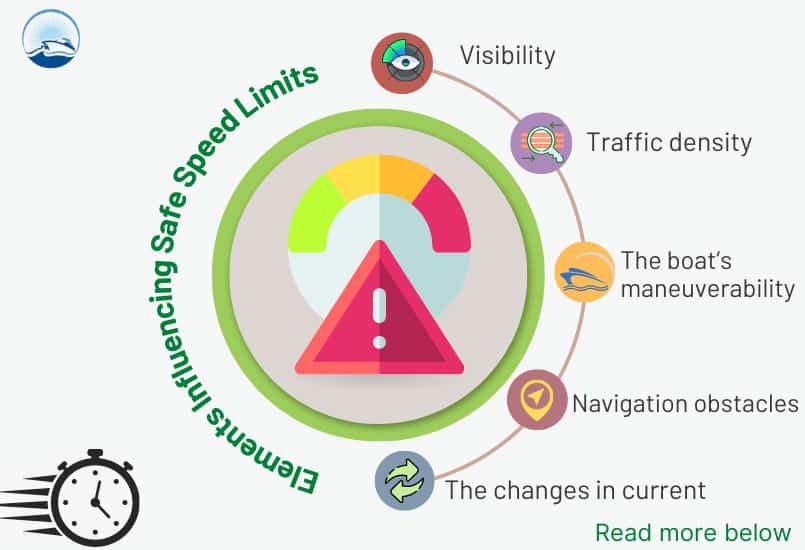
What Is a Safe Speed for Your Boat? A Safety Guideline
Rule 6: Safe Speed Every vessel shall at all times proceed at a safe speed so that she can take proper and effective action to avoid collision and be stopped within a distance appropriate to the prevailing circumstances and conditions. In determining a safe speed the following factors shall be among those taken into account:-

Rule 9 narrow channels A vessel of less than 20 meters in length or a
What Is a Safe Speed? A safe speed is a speed less than the maximum at which the operator can take proper and effective action to avoid collision and stop within a distance appropriate to the prevailing circumstances and conditions.

Action by stand on vessel Where one of two vessels is to keep out of
Every vessel shall proceed at a safe speed adapted to the prevailing circumstances and conditions of restricted visibility. A power-driven vessel shall have her engines ready for immediate manoeuvre. You observe on radar another vessel in restricted visibility. What steps should you take after this initial observation and what alterations of.
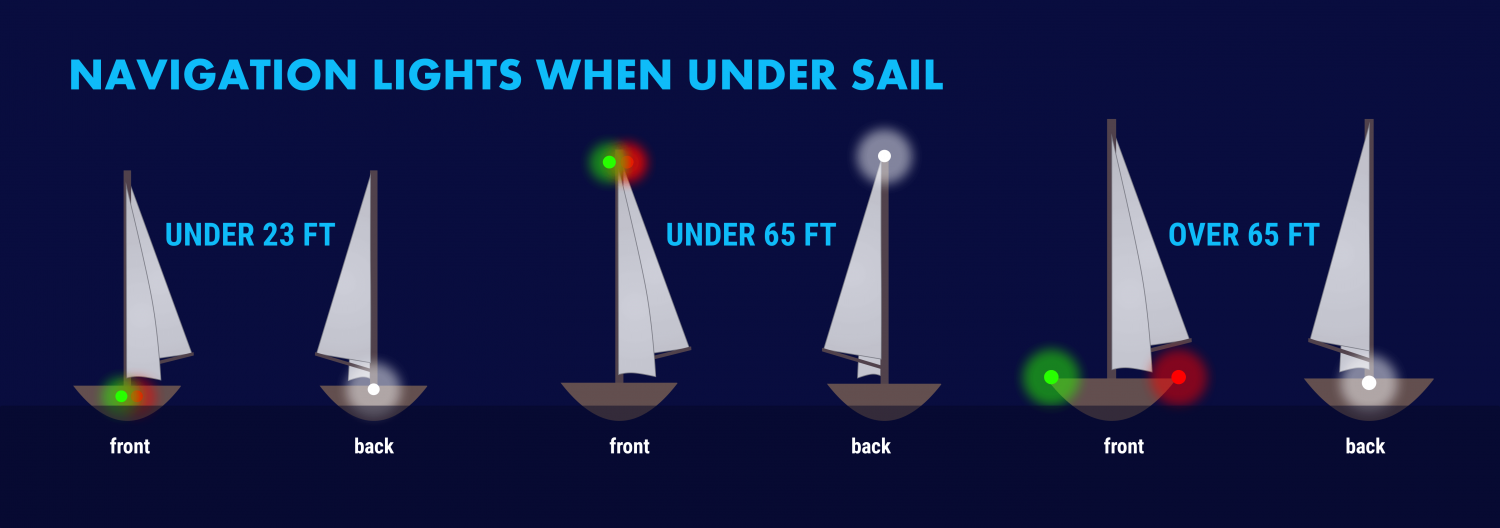
Boat Navigation Lights Rules Illustrated Beginners Guide Improve Sailing
A navigation or deck officer has to be extremely careful while steering a vessel from its course no matter where the ship is - at mid sea, crossing channel, or entering/ leaving a port. The team at the bridge should be efficient enough to sail the ship in all kinds of waters and weather.